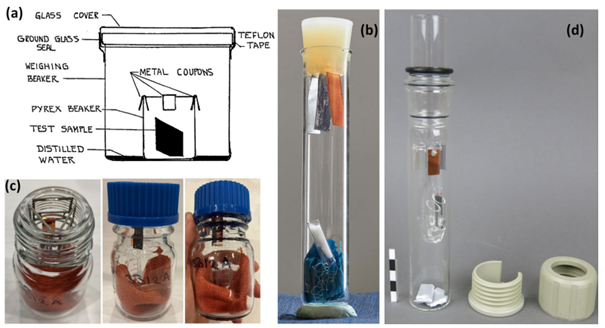In a large-scale collaborative effort, researchers from seven European heritage research institutions conducted a comprehensive investigation into the variations of Oddy test protocols. The results of this study, published in the Heritage Science journal, shed light on key factors that influence the reliability and consistency of this widely used method.
Introduced in 1973, the Oddy test is an important tool for assessing the risk of materials releasing harmful gases that could jeopardise the preservation of cultural heritage. Despite its widespread use, the lack of standardisation in certain aspects of the test has long been an issue.
The research team reviewed existing literature to identify methodological differences in Oddy test protocols, focussing on areas such as glassware cleaning, coupon preparation, reaction vessel set-up and material assessment. By analysing these differences, the study aimed to identify possible causes of discrepancies in the test results.

Each participating institution conducted a comparative 3-in-1 Oddy test, blindly evaluating the same set of materials, each using their respective methods. Although some guidelines were recommended, such as specific cleaning methods and sandpaper grades for coupon preparation, there were still differences in results between institutions, mainly due to the differences in the coupon preparation steps such as the sanding pattern.
To uncouple the differences as a result of the experimental setup from the differences as a results of evaluator bias, all test samples were additionally evaluated by a single team of judges with experience in the Oddy test. The analysis revealed that the differences in scoring criteria contributed significantly to the discrepancies, particularly for those institutions with less experience in conducting the test.
Despite these challenges, the study confirmed the reliability of the Oddy test in identifying materials that emit hazardous emissions that are harmful to cultural artefacts. However, it underlined the urgent need for standardisation of the methodology and assessment criteria to improve the consistency and reproducibility of the test results across institutions.
This research represents a significant step forward in advancing preventative conservation practices. By addressing the complexity of Oddy test protocols, the results provide valuable insights that will inform future efforts to protect our collective heritage.
The full article is accessible at: https://heritagesciencejournal.springeropen.com/articles/10.1186/s40494-024-01174-9
